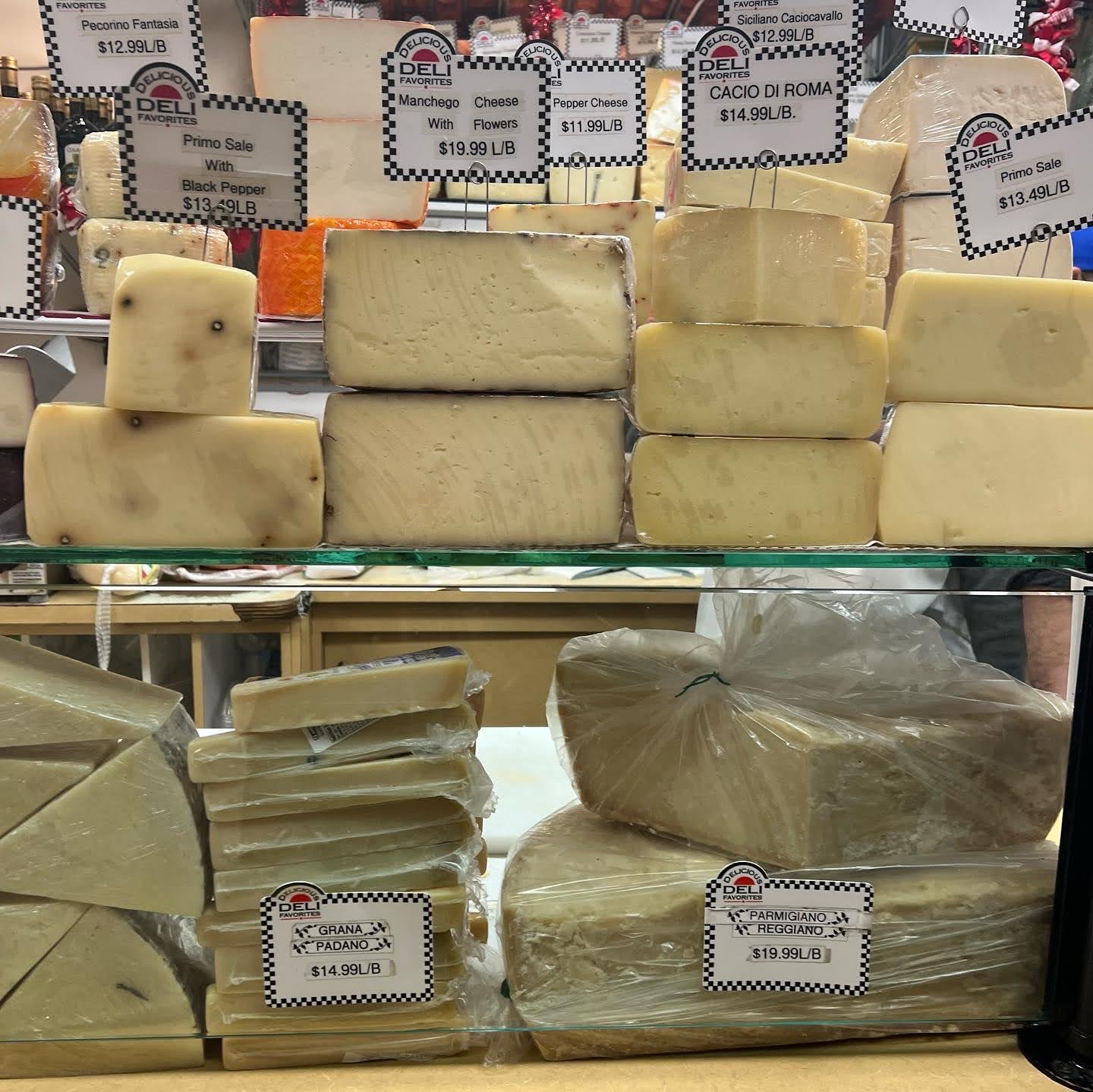If you cruise online forums about the struggles of newbie plant-forward eaters, you’ll notice a common theme: It’s hard to give up cheese. That makes sense, because in the U.S. we eat a lot of it, upwards of 34 pounds per person a year, according to the U.S.D.A.
Cheese is up there with meat in terms of its impact on the environment, so if we’re talking footprint there’s really no such thing as sustainable fromage. Given how many types and sources of cheese there are, its exact impact is hard to pinpoint, but generally speaking: It’s not as bad as beef and lamb, but it’s worse than chicken or the bacon you fantasized about having for breakfast. Still, if you must hit the cheese counter, some ooey-gooey choices can be better than others.
A 2022 study in the journal Sustainability looked at 44 varieties of French cheese and found that the divide in footprints depends largely on how much milk goes into a given cheese and how long it takes to make it. The animal origin (cow, goat, sheep) doesn’t make much of a difference.
The more milk it takes to make a given queso, the greater its impact becomes in terms of land use and fertilizer foulness like runoff and soil acidification. The longer it takes for the cheesy goodness to develop (that’s “ripen” in fromager lingo), the higher its electrical consumption. Hard varieties like pecorino and gruyère use much more milk and are aged longer than soft ones like brie and chèvre, and oldies like Parmigiano-Reggiano can suck up more energy.
Finally, there are the questions of how and where the cheese gets made. Pasture-fed cows—like those on organic or regenerative operations that might do things like reuse manure instead of spreading chemical fertilizers, avoid antibiotics, tap renewable energy, and rotate animals among pastures—can produce as much milk as those on factory farms. And, naturally, cheese driven in from a neighboring state has a lower footprint than stuff flown in from abroad.
So what’s a cheese lover to do?
If you’re not going to get down with vegan substitutes, dialing down your intake can be Step One: Start thinking of it as more of a treat than a daily habit. Our best advice for making better cheesy choices:
Good: At the grocery store, opt for soft, young cheeses like chèvres and ricotta.
Better: Find a good monger or knowledgeable cheese-counter clerk who can point you to stuff made in your region from small producers using planet-friendly practices. The cheeses don’t have to be hyperlocal, just close enough that they’re not flown in.
Best: Go right to the source and find a farm or creamery that uses regenerative techniques, such as Jasper Hill Farm in Vermont and Point Reyes Farmstead Cheese Company in California. Regenerative Farmers of America has a map if you want to click around in your ‘hood, but typing “regenerative creamery” and your zip code into a search engine works, too.

